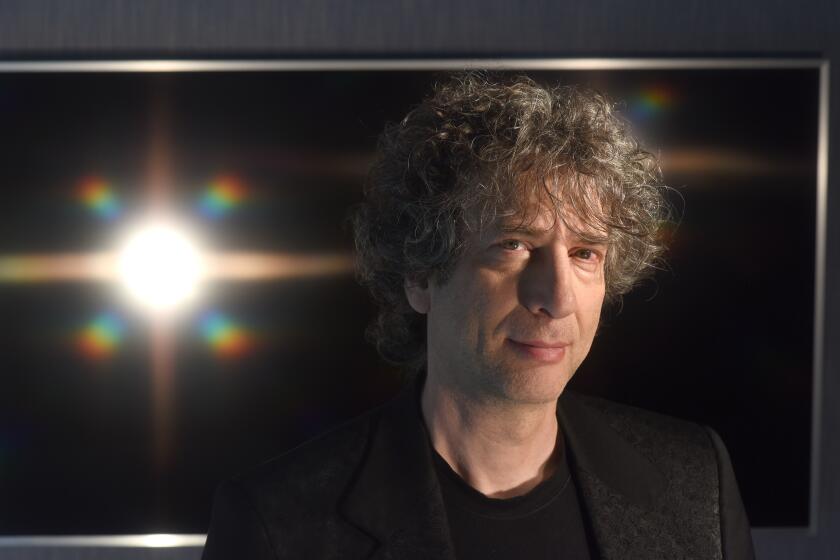NONFICTION - July 21, 1991
- Share via
SHANGHAI: Collision Point of Cultures, 1918/1939 by Harriet Sergeant (Crown: $25; 371 pp.). “It was the spoiling life, let’s face it, idiotically spoiling”--that’s how one British woman described Shanghai in the 1920s and ‘30s, when it was a crossroads for refugees and opportunists of every nationality. There were the White Russians fleeing their native revolution, and later, German and Polish Jews fleeing Nazism; the English, trying to keep an empire together and profitable; the Japanese, traditional enemies, finding business opportunities close to home; the Chinese themselves, always anticipating the next battle between warlord and warlord, Communist and nationalist. Yet it was these divisions that made Shanghai for a time one of the most exciting cities in the world, a Berlin-by-the-sea. Harriet Sergeant’s book is worth reading mostly for its social history--the ways in which the city’s politics, art and culture mixed. As one actress told Sergeant, Shanghai in its heyday ran on gossip--”not this silly, modern stuff but real, bad gossip. We believed everything because, in Shanghai, anything was possible.”
More to Read
Sign up for our Book Club newsletter
Get the latest news, events and more from the Los Angeles Times Book Club, and help us get L.A. reading and talking.
You may occasionally receive promotional content from the Los Angeles Times.









